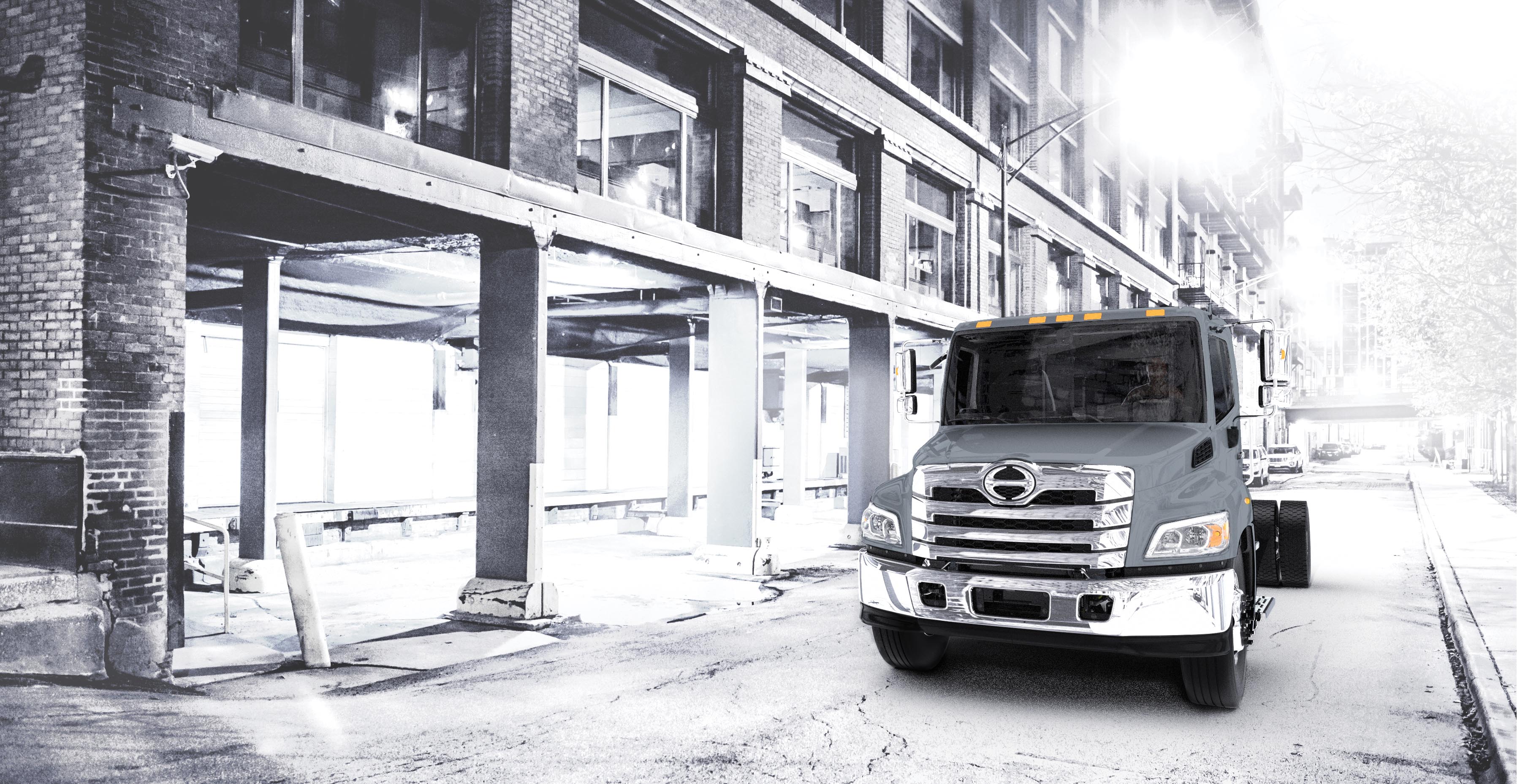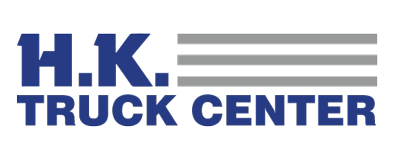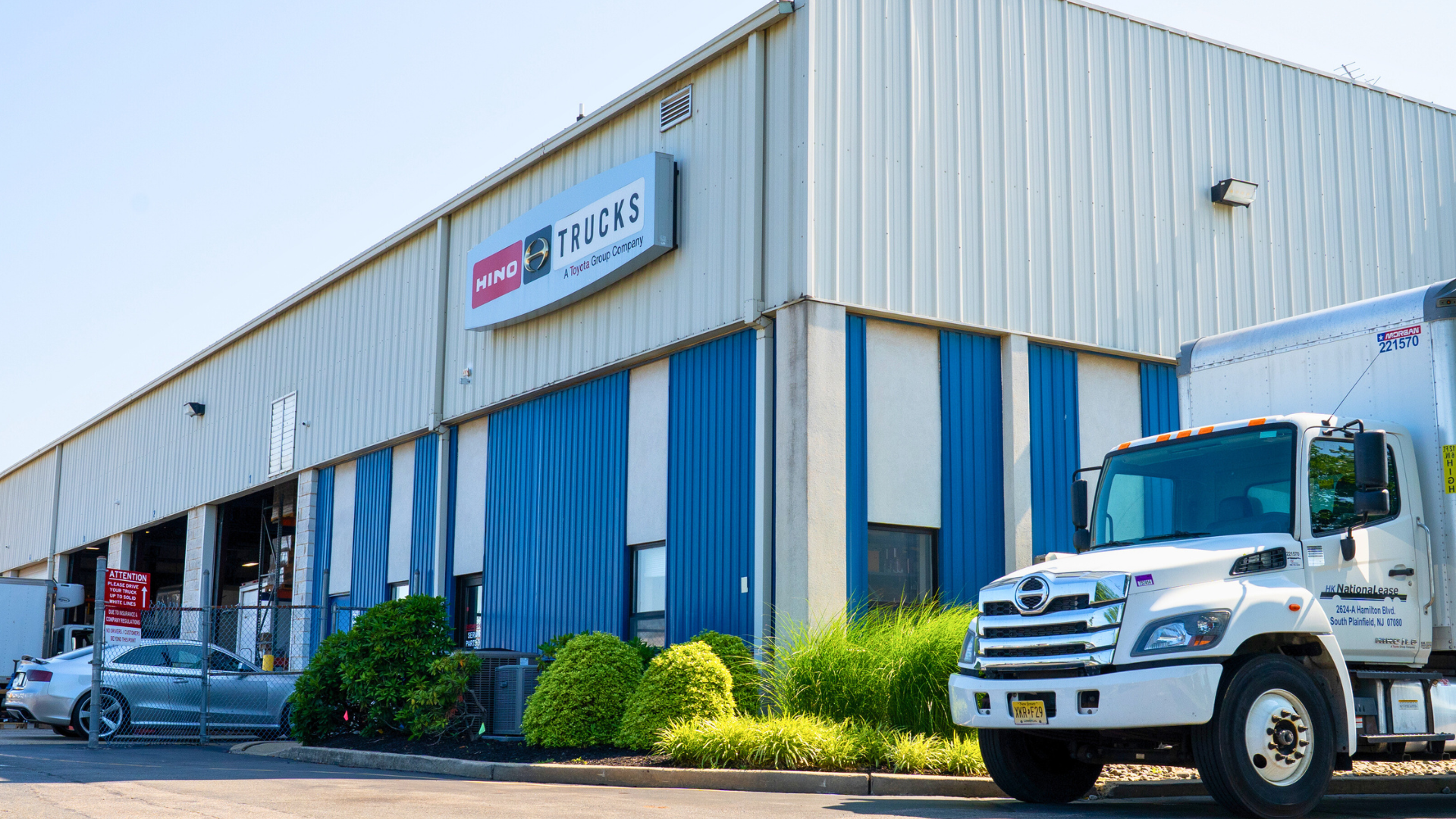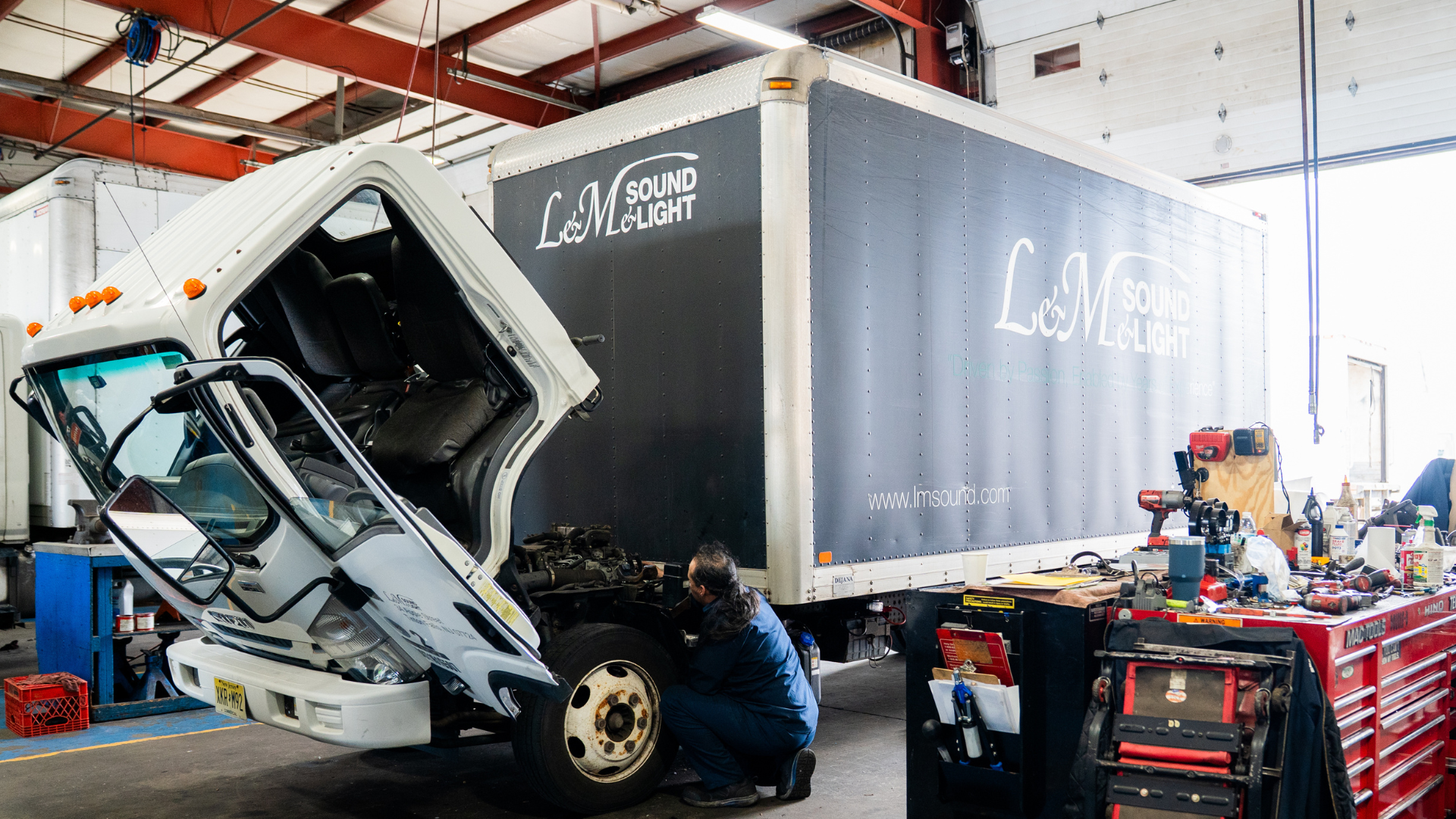
START SAFE, START STRONG WITH HINO
SEVEN SIMPLE SERVICE TIPS
We know standing on the sidelines – especially as a business owner – can be frustrating. But we thank you for helping keep your employees, your customers, and our communities safe.
Whether it’s back to the warehouse, the job site, the loading dock, or wherever your business takes you, we know you’re ready and raring to get back to work as soon as you receive a green light. We want you to be ready and able to respond at your first opportunity.
Since your company, customers, and colleagues all rely on one common bottom line – your Hino Truck – it’s more important than ever to ensure your fleet is ready to return to the work at hand.
Before you and your Hino return to work, consider these seven simple service tips.
- Fluids and Filters – Now may be a great time to tend to important scheduled maintenance, like changing engine oil and oil filters. Remember, your Hino engine is a precisely-engineered machine, and requires the proper protection and filtration that only Hino Genuine engine oil and oil filters can provide.
- Fuel Filter Inspection – Diesel fuel (particularly some biodiesel blends) that has sat for an extended time may develop algae contamination in the tank or lines. Inspect – and if necessary, replace – the fuel filters on your truck to provide proper protection.
- Animal Debris – Animals may view vehicles parked for extended periods of time as prime real estate, and build nests in air ducts, radiators, or other small spaces underhood. Look carefully to see that no nests or debris are present – if so, clear them out, and inspect any nearby wiring or airlines for associated damage.
- Air System Draining/ Inspection – On trucks with air systems, compressed air left in a system for an elongated period can retain condensation, which is detrimental to the system. Drain your truck’s air system and inspect and replace air dryer cartridges to help further prevent moisture. Before taking to the road, make sure your truck can build and maintain adequate air pressure, and inspect the system to ensure there are no air leaks.
- Brake Inspections/ Wheel End – While you’re looking at wheels, look to see if the hubs are missing caps, plugs, and are properly lubricated. Likewise, make sure your brake hardware and components are in good condition and functioning properly.
- Tires – Inspect not only for correct inflation and adequate tread depth, but also that there are no bulges, cuts, or other signs of tire damage. Likewise, inspect wheels and rims for damage or missing lugs.
- Cab Cleaning – Maintaining a clean work environment is more important than ever, and that extends to your cab. Take special care in cleaning your Hino’s interior properly to ensure materials are protected or function as designed. For plastic trim components, use only a cleaner designed for use on plastic materials. Vinyl seating and upholstery should be cleaned with mild soap or detergent and water. For seat belts, it’s important to clean only with mild soap and water, as harsher chemical cleaners can compromise the integrity of the seat belt itself.




